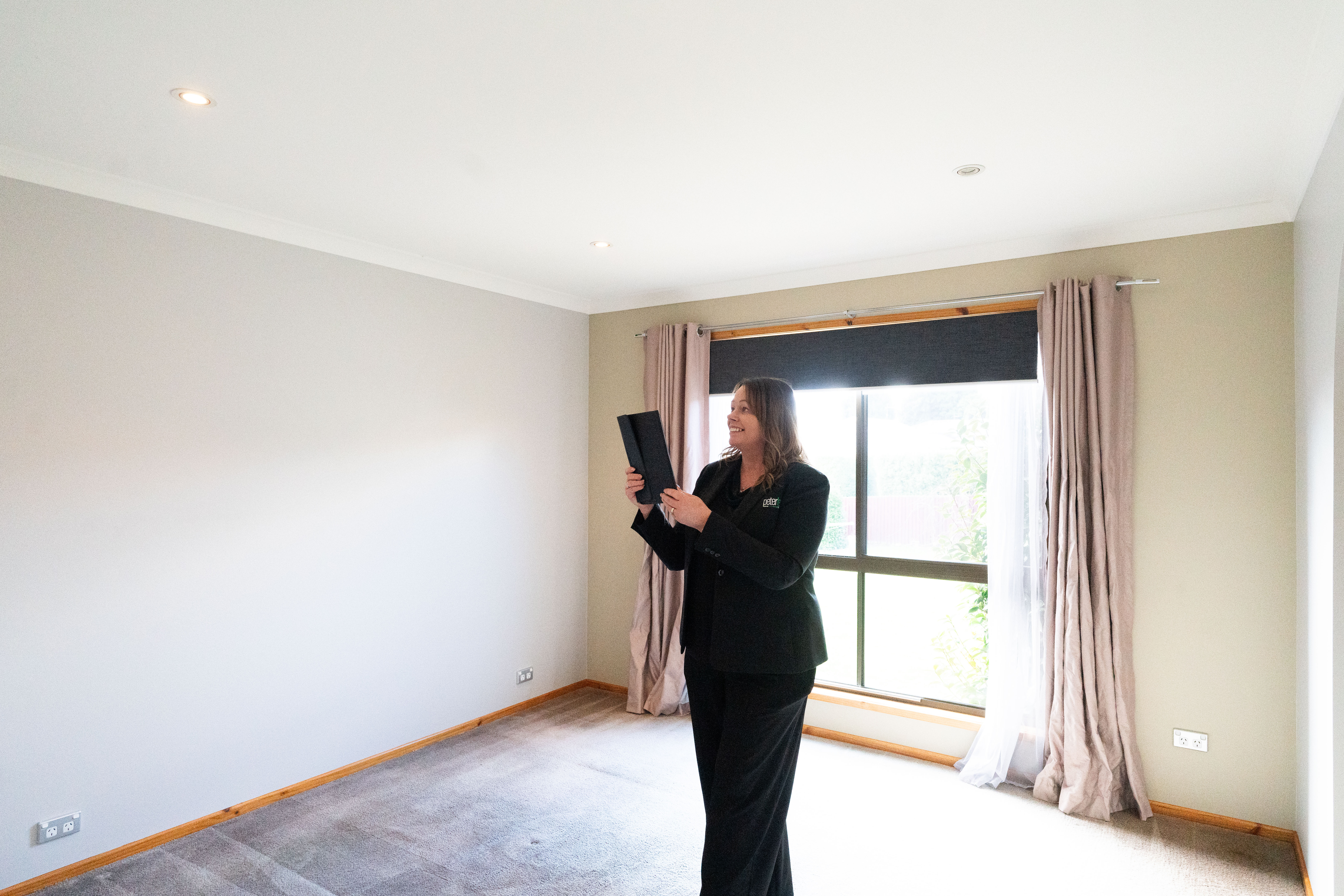When you think about what makes a rental feel like a safe home, weatherproofing might not be the first thing that comes to mind. But for tenants — especially during Tassie’s colder, wetter months — it makes all the difference.
And for landlords, it’s one of the simplest ways to avoid big headaches down the track.
What does ‘weatherproof’ actually mean?
It sounds technical, but at its core, this standard is about making sure wind, rain and damp can’t sneak into the home. The minimum housing standards in Tasmania now require all rental properties to be:
Structurally sound — no major cracks, holes, or sagging areas
Free from leaks — especially around roofs, windows, and ceilings
Sealed from the elements — so water and draughts can’t creep in
For tenants, that means fewer worries about mould or health issues. For owners, it means a home that holds its value, needs fewer urgent repairs, and keeps good tenants around longer.
Why it matters for your investment
When a property isn’t fully weatherproofed, things can go wrong quickly — and expensively. Moisture getting into timber, insulation or ceilings leads to long-term structural damage. A draughty home is harder to heat, which not only frustrates tenants but also increases wear on heating systems and appliances.
Even small gaps or leaks can have a ripple effect — and usually, the longer it goes unnoticed, the more costly it becomes.
That’s why this isn’t just a tenant issue. It’s a smart move for landlords who want to stay ahead of problems and keep their properties in good condition.
How we support our clients
We don’t wait for tenants to complain. As part of our ongoing property management, we:
- Keep an eye out for signs of water ingress or weather damage
- Flag any potential issues early and communicate clearly with owners
- Connect with reliable local trades to get things sorted quickly and affordably
We see rental properties as long-term investments, and our job is to help you protect them.



